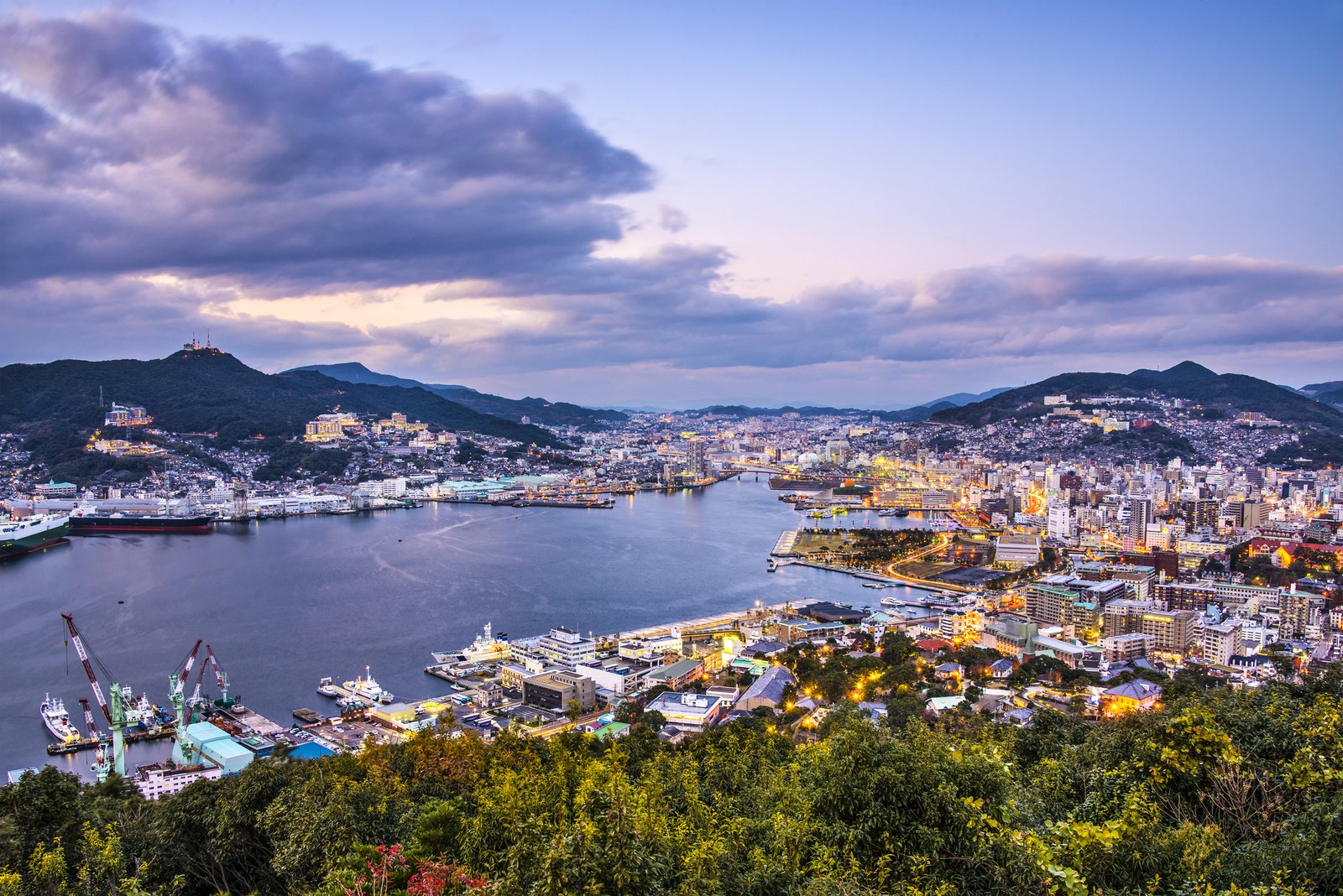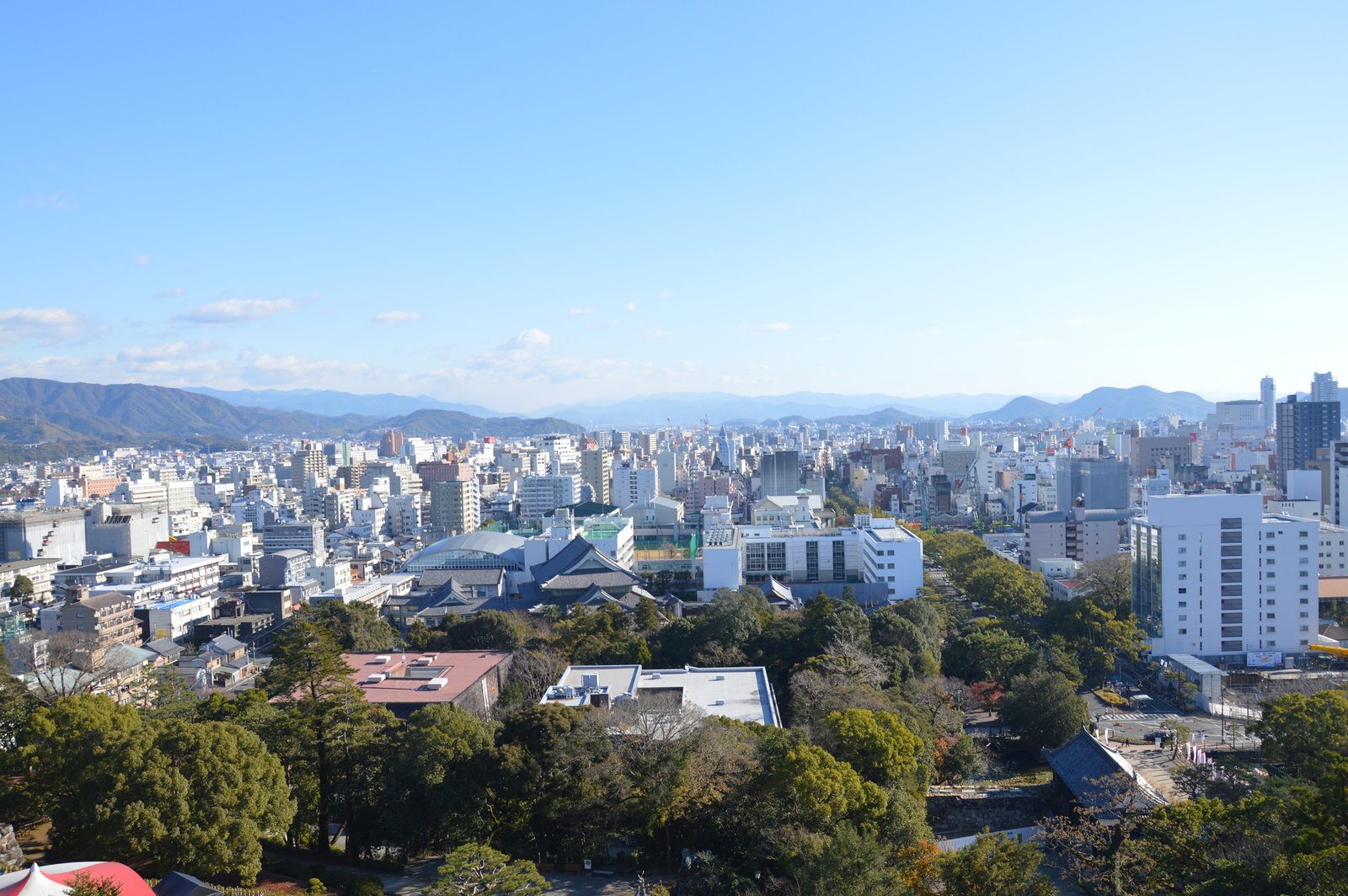Nagasaki’s food scene is a mix of flavors from around the world. Chinese stir-fries and Portuguese sweets blend with Dutch pastries. Japanese traditions hold it all together. A Nagasaki food tour is more than food, it’s a trip through history.
Every dish has a story. It’s about sailors, traders, and chefs who make this city a global food hub. This place is a true cultural melting pot.
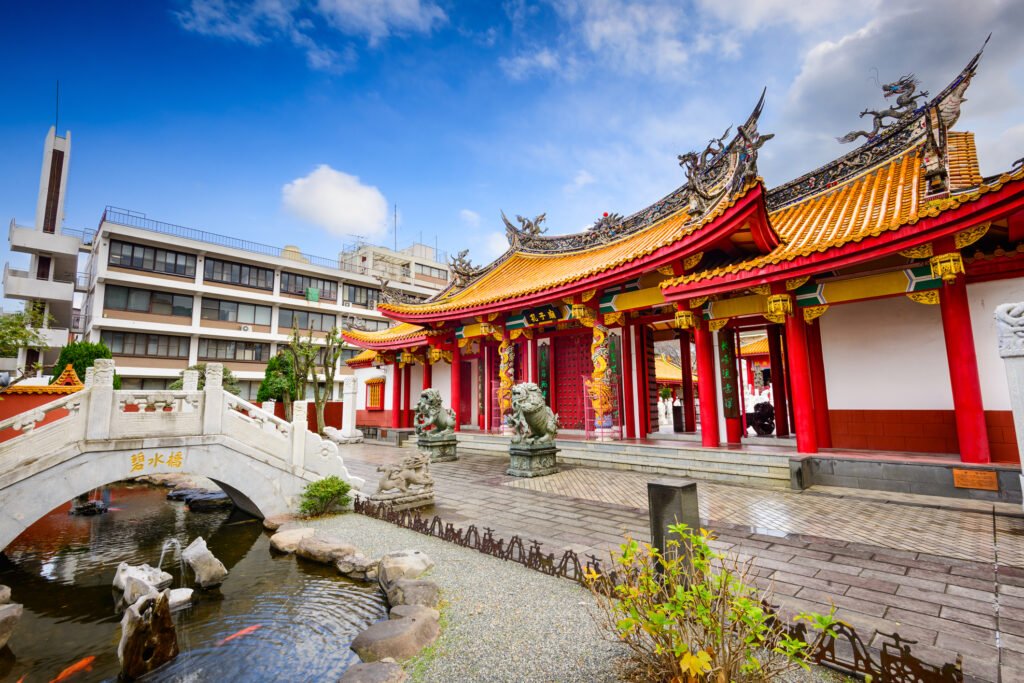
As you explore cultural food scene, you see how its rich history shapes its unique Japanese fusion cuisine. The Nagasaki culinary history is in every bite. From champon noodles to castella cake, it’s a unique taste experience.
Key Takeaways
- Nagasaki’s food blends Chinese, Western, and Japanese traditions into a unique culinary identity.
- Iconic dishes like champon and castella reflect the city’s role as a historic trade hub.
- A Nagasaki food tour reveals how global influences shaped local favorites over centuries.
- Japanese fusion cuisine here honors heritage while celebrating cross-cultural creativity.
- Every dish is a chapter in Nagasaki’s cultural food exploration, from street stalls to historic restaurants.
The Unique Gastronomic Identity of Nagasaki
Walking through city’s streets, you can smell the history of food. This city’s food story is seen in every market stall and alleyway. It shows Nagasaki’s role as Japan’s gateway to the world.
The Nagasaki port cuisine today is a mix of flavors from different cultures. Merchants, missionaries, and migrants from around the world have influenced its taste.
A Port City’s Culinary Evolution
Nagasaki started as a small fishing village. But it grew into a place where different cultures met. Traders from China, the Netherlands, and Portugal brought new foods.
Today, you can taste this mix in dishes like champon noodles. It’s a blend of Chinese techniques and local seafood. This shows the city’s history of open trade.
The Significance of Dejima Trading Post
Dejima’s small isle is where Dejima trading port food history comes alive. Dutch ships brought things like wheat flour and pork. This led to new foods like castella cake.
Local chefs took European foods and made them their own, showing how isolation sparked creativity. Standing there, you’ll reflect on how spices and sea salt blended to create city’s early dishes.
How Isolation Shaped Nagasaki’s Distinctive Food Scene
During Japan’s sakoku era, the country shuts itself off from the world, but that only makes Nagasaki’s chefs more curious. You watch as they take foreign dishes and transform them into something uniquely their own.
They create dishes like sara udon, influenced by Dutch and Portuguese tastes. This mix of isolation and global inspiration captures the heart of Nagasaki’s culinary identity. Every bite tells a story of adaptation and pride.
Historical Waves That Shaped Nagasaki’s Food Culture
As you walk through city’s streets, you discover its food history like layers of a cake. Each wave of foreigners leaves its mark, blending with local traditions to create the city’s unique fusion of history and Japanese cuisine.
The Portuguese arrived in the 1500s, bringing castella, a sponge cake find in sweet shops today. Their tempura, a dish of battered and fried food, becomes your favorite. It uses local ingredients like shrimp and vegetables.

The Dutch comes next, sharing knowledge on preserving food and spices. Their influence is seen in Nagasaki’s cultural influences on Japanese cuisine. Even today, some dishes have a hint of cinnamon, showing the Dutch impact.
By the 1800s, Chinese immigrants brought champon, a noodle soup with pork, seafood, and vegetables. This dish reflects the city’s history of shared tables and resilience.
These influences didn’t erase each other; they merged beautifully. Each dish, from castella to champon, tells a story of adaptation and harmony. It shows that culinary traditions can blend as freely as the tides in this city.
Chinese Culinary Influences: The First Foreign Flavors
Walking through city’s Chinatown, the smell of soy sauce and sesame oil draws you in. It’s a world where Chinese cooking meets local tastes over centuries. This area is a living museum of cultural exchange, sharing secrets of Chinese influence Japanese food. Let’s explore three key moments in the culinary journey.
Champon: Nagasaki’s Iconic Chinese-Inspired Noodle Dish
The first taste of champon becomes amazing. The broth is so smooth, it wrapped around the noodles like silk. It was made by Chinese chefs for students in 1871, showing their creativity. It’s a mix of pork, veggies, and seafood, all simmered together.
Every noodle tells a story of how Fujian flavors met Kyushu waters.
Sara Udon and Its Cultural Significance
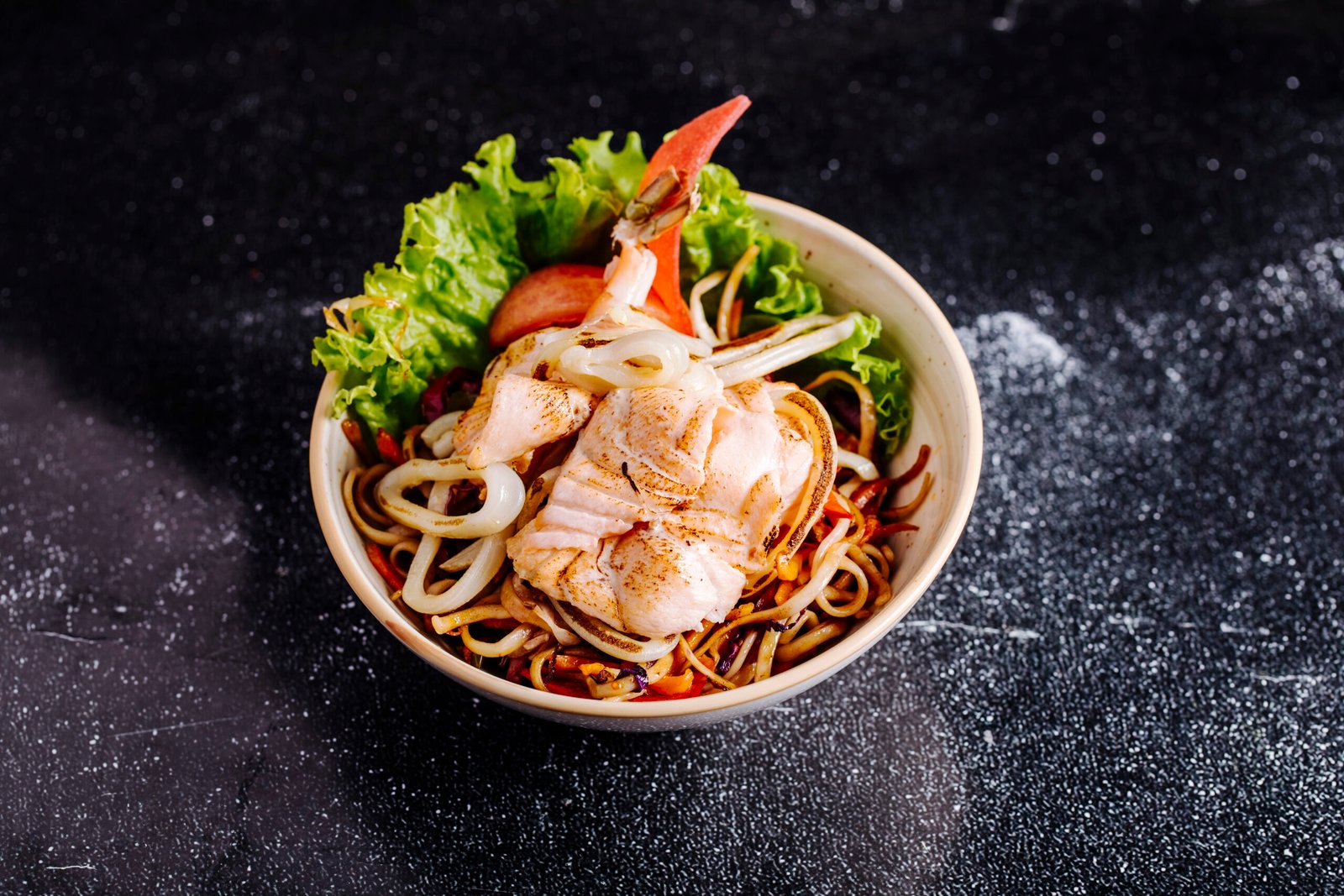
Sara udon features crispy fried noodles and a simple broth. A favorite place adds crispy squid and pickled greens. It’s a Sara udon recipe that balances crunch and flavor. People still debate its origins, but it reflects city’s unique mix.
The Chinese Quarter’s Lasting Legacy on Local Cuisine
Chinatown is a culinary time capsule. Its kitchens introduced stir-frying in iron woks and using lard to enhance flavor. A meal here shows this legacy in dishes like stir-fried cha siu pork and sesame-dusted rice cakes. Here’s how traditions live on:
- Staple ingredients: soy sauce, wood ear mushrooms, and chili oil
- Signature techniques: high-heat wok cooking, layered seasoning
- Local adaptations: lighter broths, seasonal vegetable pairings
| Traditional Chinese Roots | Nagasaki Adaptation |
|---|---|
| Thick wheat noodles | Slender udon for sara’s crunch |
| Heavy soy-based sauces | Broth-free sara udon |
| Whole spices | Blended into local dashi bases |
Every bite here is a conversation between old and new. It shows that Nagasaki Chinatown cuisine is more than food, it’s a living history of cultural exchange.
Western Flavors Through Japanese Interpretation
As you walk through city’s bustling streets, you’ll find how Western ingredients were reimagined in Japan. This created a unique culinary dialogue. Foreign flavors were given new life by local hands.
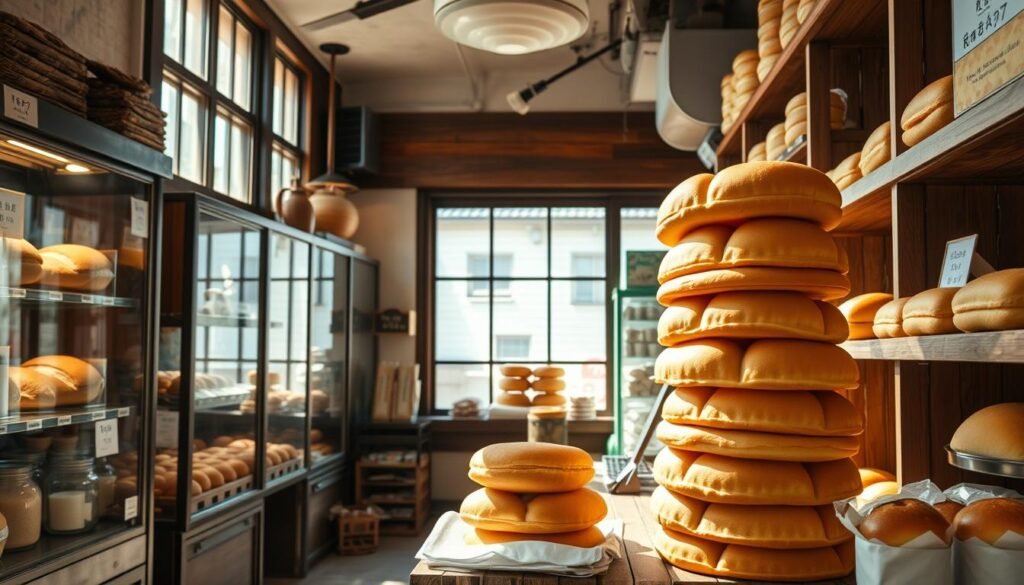
Castella: The Portuguese Sweet That Became Nagasaki’s Signature Dessert
At Fukusaya, a confectionery from 1624, you’ll see artisans making castella cake. It has spongy layers, sweetened with local honey. This cake is a blend of Portuguese sailors and samurai tastes.
Each slice is a story of cross-cultural genius. It shows how different tastes merged into a timeless dessert.
Turkish Rice: Neither Turkish Nor Traditional Rice
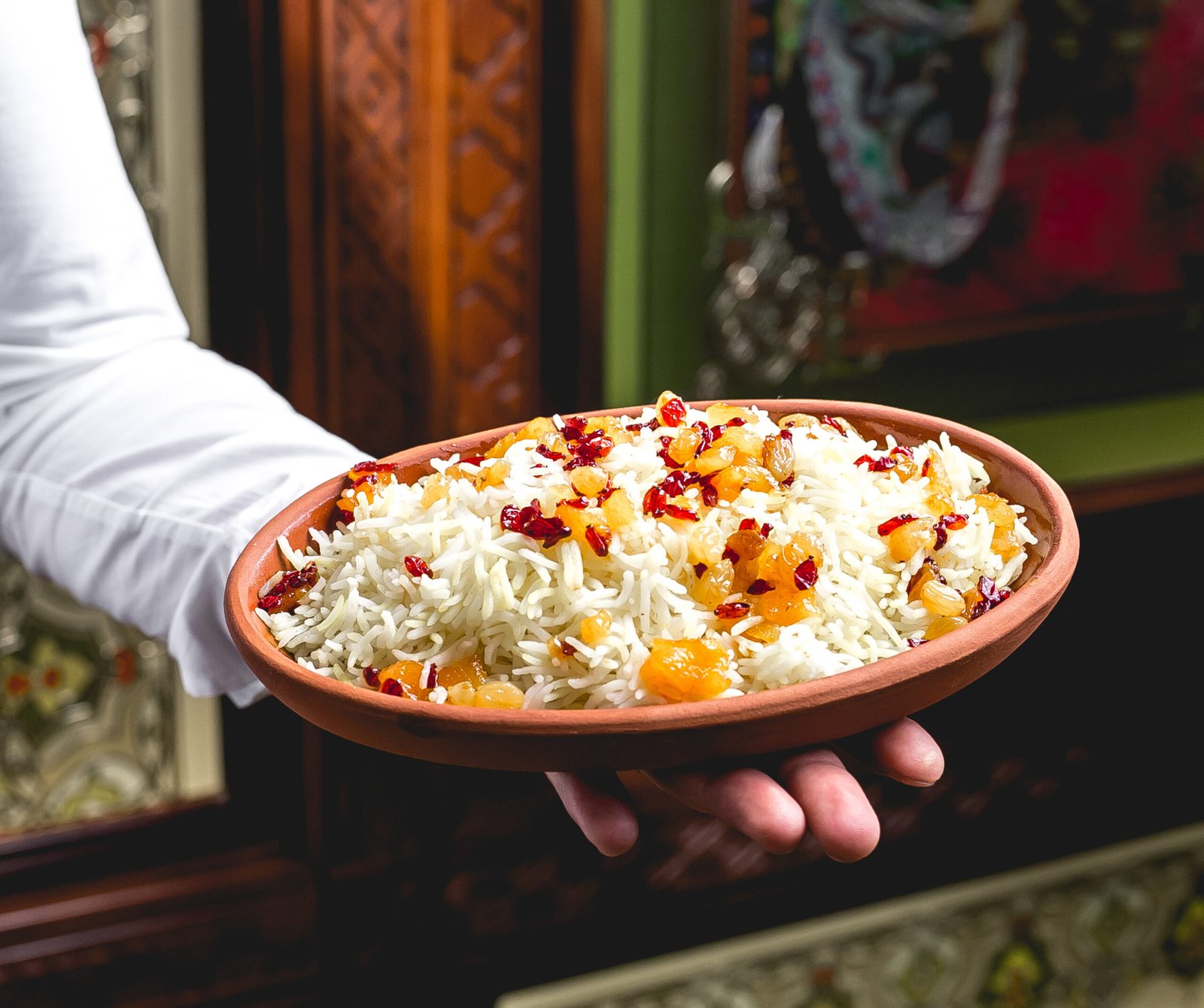
When you try Turkish rice at a izakaya, you’ll be amazed. It’s a flavorful mix of Japanese rice, Western spices, and a crispy tonkatsu slice topped with rich demi-glace. This dish perfectly captures the essence of Western-Japanese fusion cuisine.
Every part of it stays true to its roots. Yet, they all come together in perfect harmony.
The Dutch Influence on Nagasaki’s Culinary Techniques
Local chefs tells you about Dutch traders bringing ovens and copper pans. Their legacy is in dishes like yoshoku. Think hanpen fish cakes or omurice.
The Dutch focus on preservation and seasoning changed how ingredients like soy sauce and dashi were used. This Dutch influence Japanese food is a dialogue, not a copy. It shows how technique becomes tradition.
As you explore these layers, you see Nagasaki’s genius in adaptability. Every bite of Western-Japanese fusion cuisine is a silent conversation between cultures. It proves fusion is not just a trend, it’s a way of life for centuries.
Traditional Japanese Foundations in Nagasaki Cuisine
Walking through city’s markets, you see traditional Nagasaki dishes come to life. Fresh sardines sparkle in ice beds, and vegetables from the mountains pile high. The area’s Japanese seafood specialties are showcased, with fishermen using old methods to prepare local ingredients.
The ocean’s gifts like mackerel, squid, and clams meet the earth’s bounty. Together, they create dishes that truly represent authentic cooking.
In a family kitchen near Sōfuku-ji Temple, you watch miso simmer with bamboo shoots for guzoni. It’s a New Year’s soup filled with tradition. Chef Sato tells you, “This broth’s depth comes from patience.”
He stirs dashi made from kelp, harvested from the sea. His words make you think of the ocean and earth in every spoonful.
From age-dashi tofu to tempura fried in sesame oil, city’s local ingredients are key. The traditional dishes evolve but stay true. This mix of old and new is a charm.
Essential Culinary Tour of Nagasaki: Where to Begin
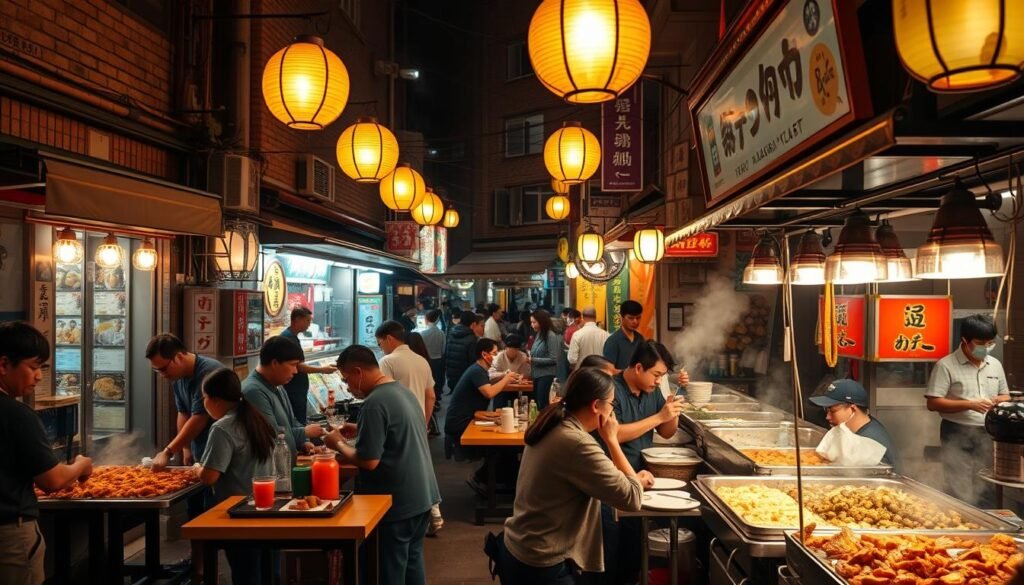
Let’s explore city’s food scene. Every dish here has a story. You start your journey from the hidden spots and alleyways.
Chinatown Delights: Explore Japan’s oldest Chinatown. Here, chefs make kakuni and sara udon for generations. At Shikairo, broth has simmered in copper pots for over a century.
Their gyoza are warm and delicious. The edges are crispy, and the filling is full of pork and ginger.
Hidden Gems: Find Ichiran Ramen for a unique taste. It combines tonkotsu broth with Dutch-inspired methods. This place shows mix of cultures.
The menu tells of old trade routes. Each dish is a conversation between East and West.
Street Food Encounters: Start your day at Sotobori River Market. Vendors serve sweet potato tempura wrapped in nori. At night, try kamaboko skewers by the harbor.
Don’t miss the moyashi stalls, open until dusk.
Sweet Stops: Try castella at Kanehachi. This bakery has been making honeyed sponge cake for over 300 years. Modern places like Maruyama mix matcha into tiramisu, blending old and new.
Visit Ohatsu for champon before noon. End your day with kuzuri sweets at Asakura. This journey is all about history and flavors, best enjoyed slowly.
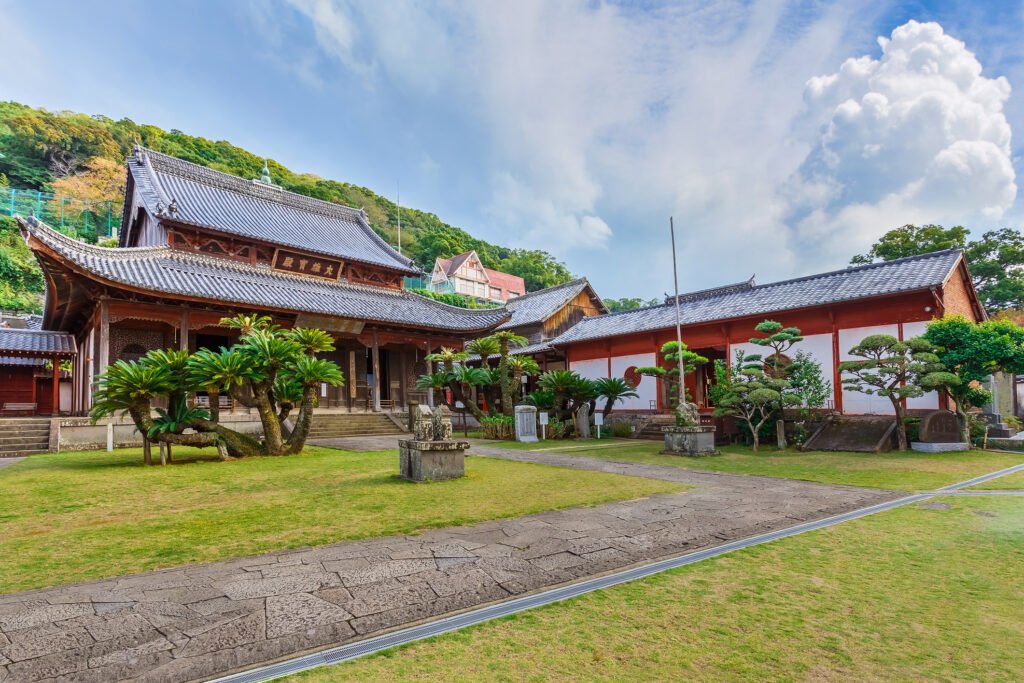
Shippoku Ryori: The Ultimate Expression of Nagasaki’s Cultural Melting Pot
Your first Shippoku Ryori experience will be in a dimly lit room. Lacquered trays circled like stars. The multicultural Japanese banquet comes in waves, with sashimi and harumaki side by side. Their crispy wrappers mixed Chinese and Japanese flavors.
Each bite is a conversation between cultures. Soy-simmered pork ribs and Dutch-inspired gratins will be servedd. Steamed buns filled with chrysanthemum-shaped pork add to the mix. This formal dining experience draws inspiration from traders’ tables centuries ago.
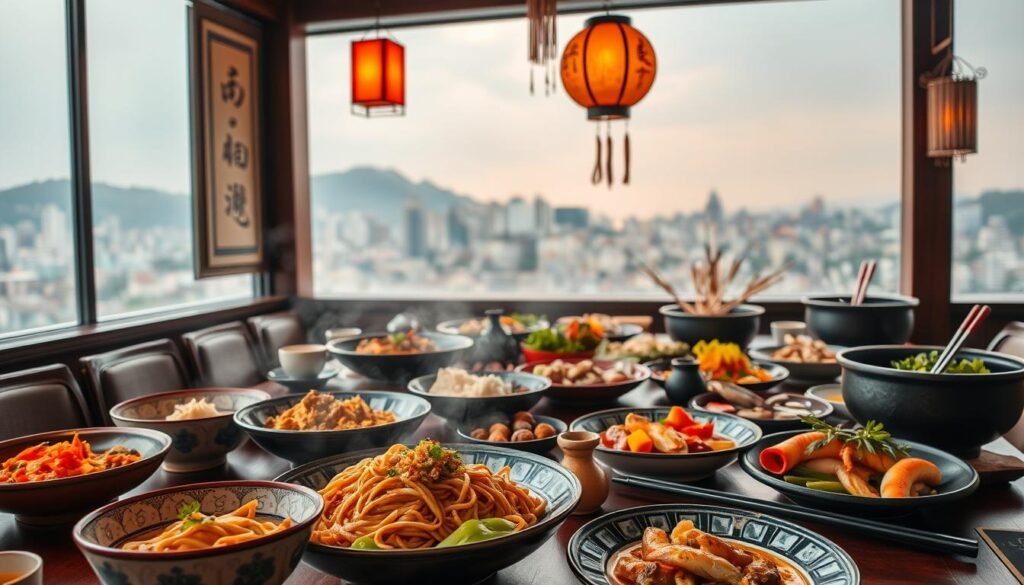
Picture a table where every dish has a story. The Shippoku Ryori meal is like a symphony. It starts with light broths, then hearty stews, and ends with matcha’s earthy taste.
Servers move dishes with perfect timing. This keeps flavors balanced. The round table symbolizes unity, blending Chinese and Japanese traditions.
Harumaki’s crispness meets the sweetness of local vegetables. Dutch-style poffertjes cake, with powdered sugar, connects continents. Even the lacquerware tells stories, with Dutch windmills next to Kyoto designs. This meal becomes more than food, it’s a history of four centuries of exchange.
Beyond the Famous Dishes: Undiscovered Treasures of Nagasaki Cuisine
As you explore this city beyond the markets, you discover hidden flavors. The sea offers a kakushi sashimi surprise, smooth slices of mackerel or amberjack with citrus soy. This dish is a secret known only to those who know the right fishmongers. These hidden Nagasaki specialties are simple yet refined, quietly showcasing generations of culinary craft.
Seafood Specialties That Locals Treasure
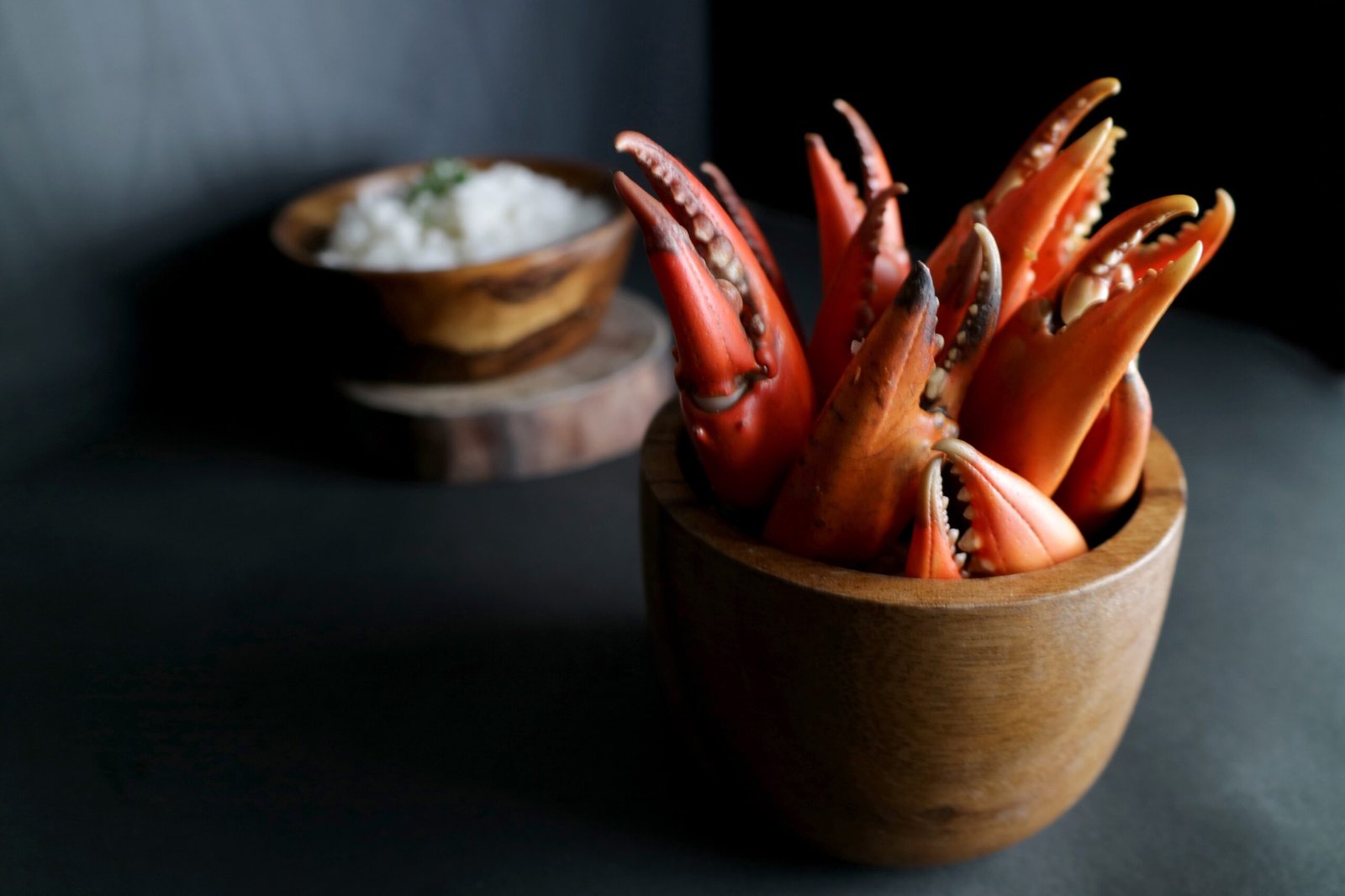
At dawn, fishermen bring in blue crab from the Nagasaki Strait. The crab’s claws are briny and meaty, found only in family stalls in autumn. This local seafood is steeped in tradition.
Miso-marinated mackerel grilled over charcoal is a family recipe. It’s a dish that has been passed down through generations.
Rural Nagasaki’s Agricultural Contributions
In the mountains, you meet farmers who grow rural Japanese cuisine staples. The Higashi Sonogi cabbage is crisp and sweet, perfect for kappa rolls. Sweet potatoes, with their purple flesh, are used in imoni stew and desserts.
These ingredients are the heart of dishes untouched by tourism.
The Surprising World of Nagasaki Beverages
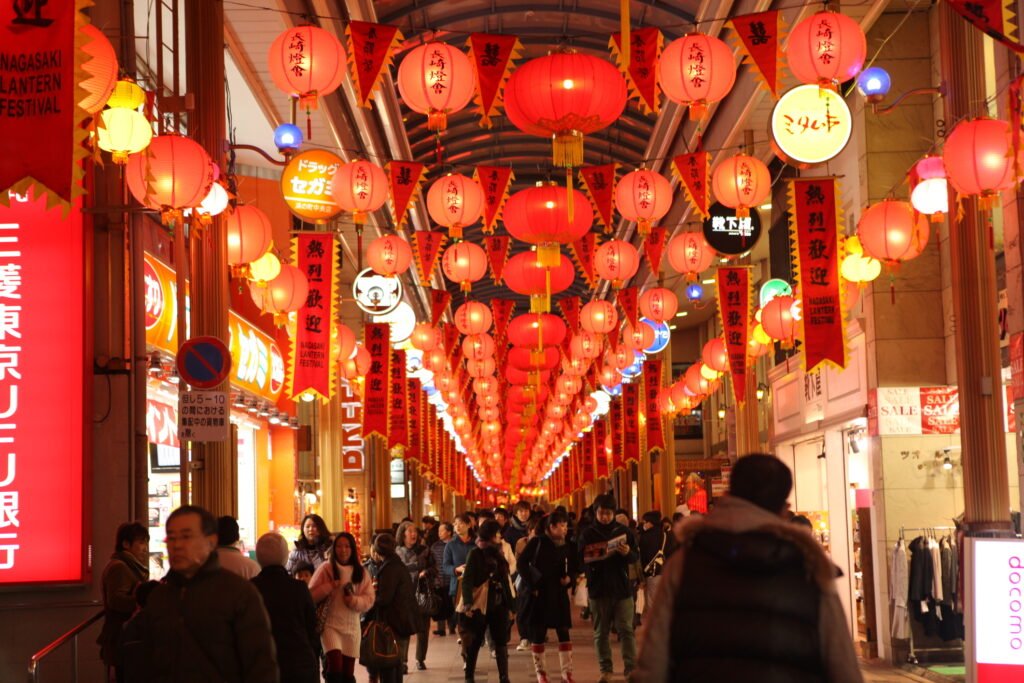
Nagasaki’s specialty drinks are less known than its food. A century-old sake brewer shows you how Chinese rice makes a dry, floral sake. The smoky shochu from sweet potatoes warms winter nights.
In Urakami’s cafes, Dutch traders’ coffee beans are brewed. These cups taste of history.
Seasonal Considerations for Your Nagasaki Food Journey
Timing your visit to unlocks city’s culinary soul. The Nagasaki seasonal cuisine dances between tradition and innovation. Each month offers unique flavors tied to the land and sea. Let’s explore this city through the rhythms of the Nagasaki food calendar, where seasons shape every dish.
Winter transforms the city into a feast of warmth. December to February delivers peak seafood freshness. Steamed clams and fatty tuna sashimi are favorites. Best winter ritual? A steaming bowl of champon in Oura, where the broth’s depth peaks during this chilliest season. This is the best time to visit Nagasaki food for hearty, soul-warming fare.
Spring brings delicate Japanese seasonal specialties. March’s Hinamatsuri sees local bakeries crafting sakura-flavored castella cakes, their delicate petals folded into batter. By April, bamboo shoots and fiddlehead greens appear in sashimi platters, their crispness contrasting with velvety soy-based sauces. Summer’s heat calls for riverside reimen, chilled noodles in tangy broth, perfect on humid evenings.
Autumn’s bounty peaks in November, when matsutake mushrooms crown kaiseki courses, and chestnuts sweeten Dutch-inspired pastries. The air carries the scent of simmering seafood hot pots, blending Chinese, Japanese, and Portuguese notes. This is when Nagasaki’s multicultural heritage shines brightest in its seasonal menus.
Planning around the Nagasaki food calendar ensures you savor dishes at their peak. For tailored itineraries that align with these cycles, reach out to culinary experts who map the seasons. Let each visit become a new chapter in your exploration of this ever-changing table.
Modern Chefs Reimagining Nagasaki’s Culinary Heritage
Walking through city’s streets today, I’ve seen something amazing. Innovative Japanese chefs are making old traditions excitingly new. They’re not just keeping dishes alive; they’re talking to the past and future.
Innovative Restaurants Pushing Boundaries
At Sakura Bistro, Chef Tanaka turns Shippoku Ryori into art. He mixes molecular gastronomy with local ingredients. Nearby, Maru Sushi Lab combines Dutch history with sushi, showing contemporary Japanese fusion can respect tradition.
These places are more than kitchens. They’re flavor labs.
Contemporary Takes on Classic Fusion
- Champon Reborn: A ramen bar offers champon with broth inspired by China.
- Revived Turkish Rice: Chef Yoshida’s version mixes Spanish saffron with Andalusian methods, blending East and West.
- Castella’s Revival: Sisters Aoki updated their grandmother’s recipe with yuzu and matcha.
The New Wave of Nagasaki Food Entrepreneurs
Entrepreneurs like the Aoki sisters are leading the way. Young distillers make shochu with spices from Dejima. Food tours like Epicurean Escape’s Nagasaki Journey connect visitors with these innovators.
These creators show Nagasaki’s spirit. They adapt, absorb, and move forward. Every bite here tells a story of history and innovation, blending new Japanese food trends with tradition.
Unexpected Food-Related Attractions in Nagasaki
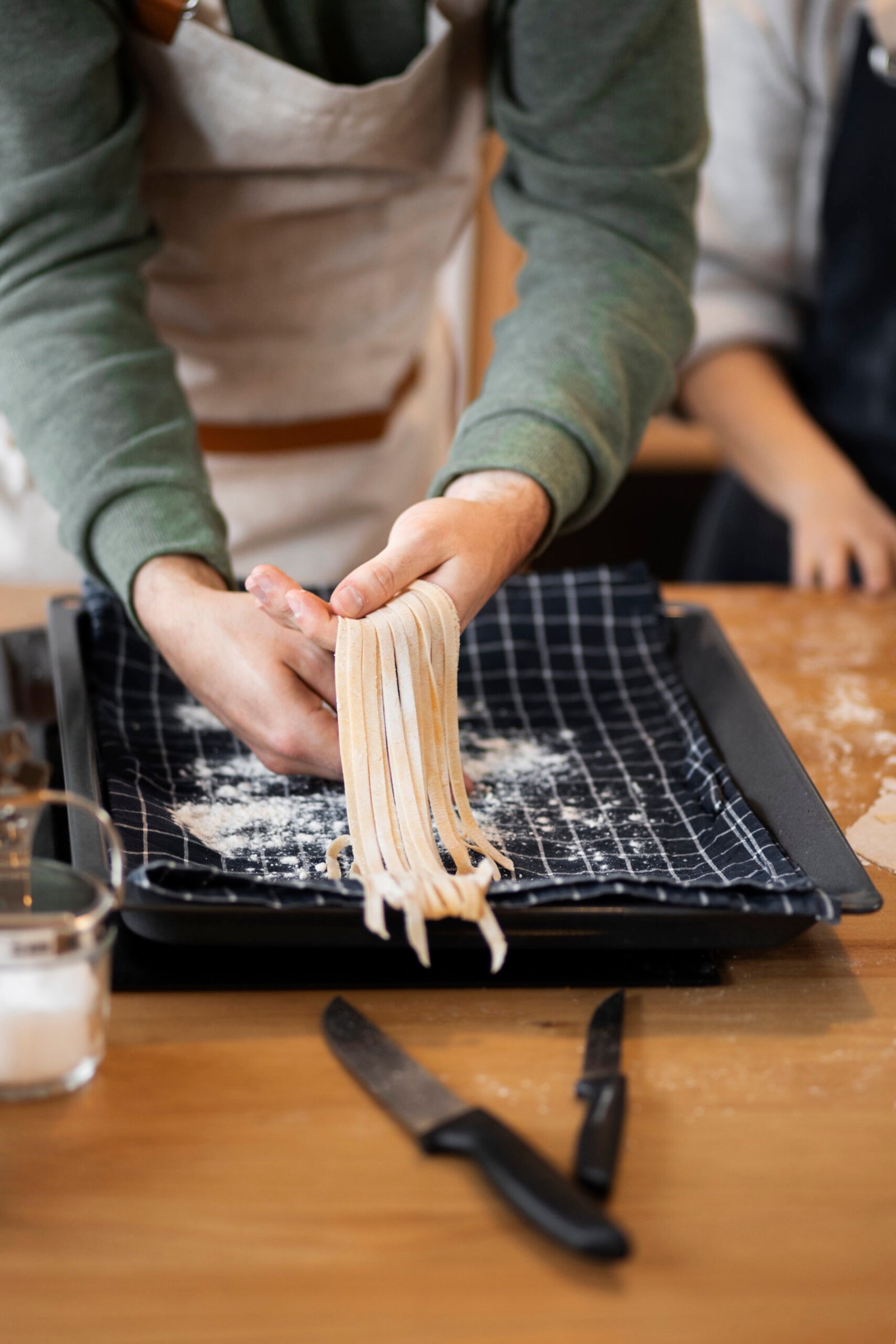
Imagine stepping into Nagasaki’s culinary past without eating a thing. The city has Nagasaki food museums and culinary cultural sites in Japan that share stories through artifacts and hands-on experiences. At the Champon Museum, you learn how this simple noodle became a symbol of fusion cuisine.
There, you’ll see century-old pots and handwritten recipes in glass cases. A touchscreen let you “stir” virtual broth with a chef’s ladle. It becomes like being part of the cooking process.
At Dejima’s Dutch Trading House, guides show how 17th-century cooks mixed European techniques with local ingredients. Tasting “Dutch-style” turmeric rice becomes like traveling back in time. It’s a unique experience.
At the Otokuni family’s Japanese food history attractions, you handle bronze kettles used to simmer Chinese-inspired soups. It becomes a hands-on lesson in history.
Nagasaki cooking classes turn theory into practice. At the Castella Heritage Workshop, guests mix batter in antique molds. The Nagasaki Home Kitchen School teaches family recipes like spicy tangerine-pickled sardines. Here’s a summary of these experiences:
| Experience | Highlight | Availability |
|---|---|---|
| Champon Museum | Interactive noodle-making demos | Year-round, 10 AM–5 PM |
| Dutch Kitchen Workshops | Seasonal ingredient tastings | Reservations required |
| Family Home Cooking | Multi-generational recipe lessons | Private sessions available |
These sites are more than exhibits. They are living parts of Nagasaki’s culinary history. Whether tracing a dish’s origins or kneading dough in a century-old kitchen, these attractions let travelers experience history with their hands and taste buds.
Conclusion: Embracing the Cultural Confluence on Your Plate
After enjoying Nagasaki’s champon or castella cakes, it’s clear that the city’s food is a living story. Each flavor, from Sara udon’s heat to castella’s buttery layers, tells a tale of centuries. Nagasaki’s culinary tourism Japan is more than food; it’s a trip through cultural food experiences where East meets West. The Japanese fusion food history here is not just kept alive, it’s reimagined every day in family shops and modern kitchens.
The Nagasaki food culture significance shows how to connect. Portuguese, Chinese, and Dutch traders left their mark, yet the city kept its essence. A dish like shippoku ryori, with its many layers, shows how traditions can live together. It’s not just blending, it’s celebrating each other’s heritage.
Enjoying a bowl of champon in a hidden alleyway let you see Nagasaki’s true dish. It’s not just the food, it’s the way history and today come together. For visitors, it’s a chance to taste history and now in every bite. Nagasaki teaches us that when we share a meal, borders disappear.
